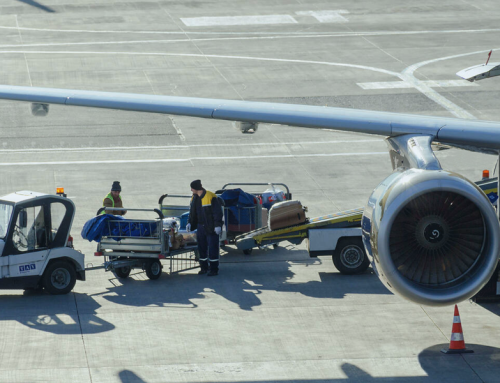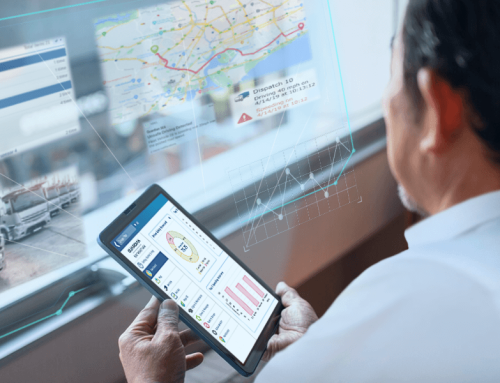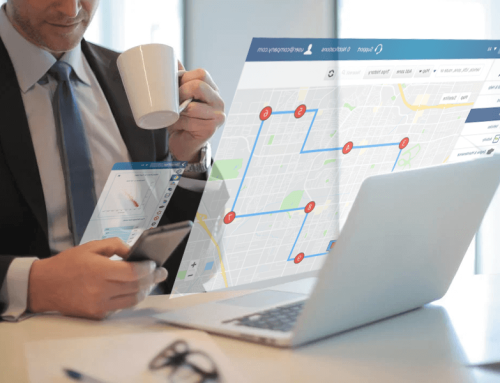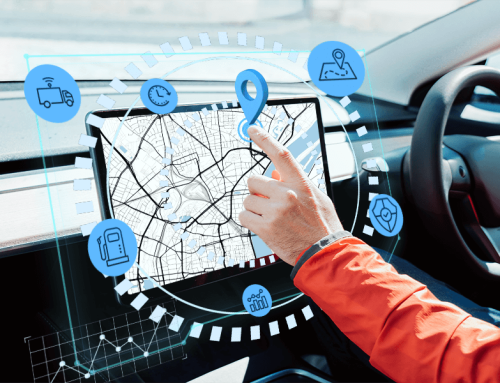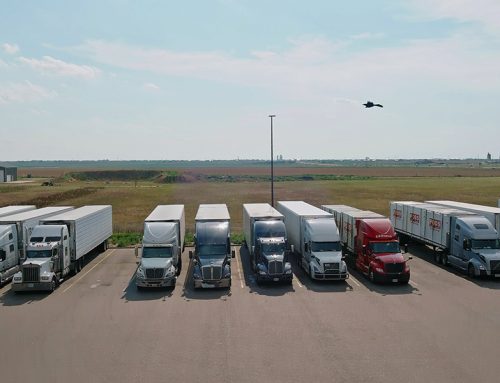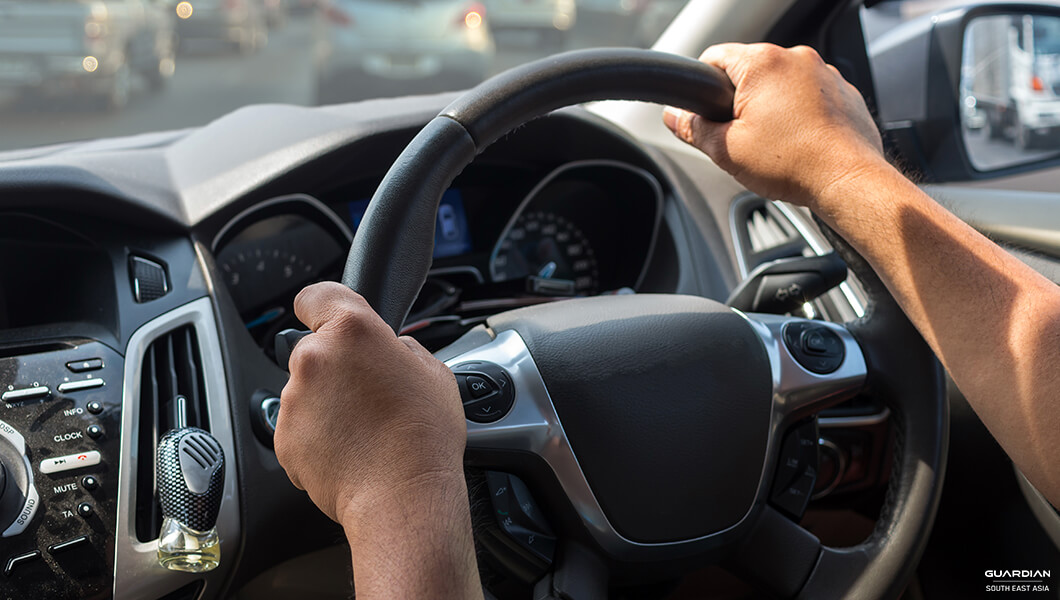
Distracted driving poses a severe hazard to everyone, and the statistics available reflect this. Data show that distracted driving accounts for about 280,000 injuries per year. In 2019, distracted driving accounted for 3142 deaths, according to the National Highway Transportation and Safety Administration. Distracted driving caused about 938,000 accidents in 2018, including injuries and fatalities based on statistics. These numbers show why distracted driving is a serious issue that companies should take steps to mitigate.
Defining Distracted Driving
Distracted driving takes a driver’s attention from the road while operating a vehicle. The most common type of distracted driving is cell phone use while behind the wheel; this type of distracted driving is one of the most common and is a significant contributor based on statistics; however, this is not the only form of distracted driving.
Types Of Distracted Driving
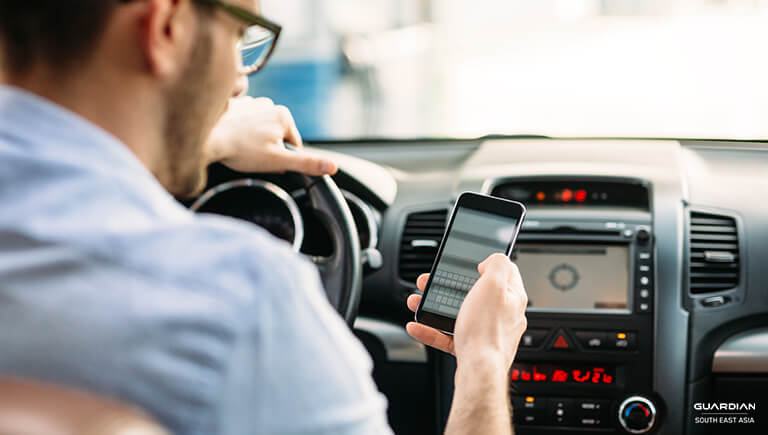
- Visual Distractions – Is anything visual that causes the driver to take his eyes away from the road, such as responding to a passenger or having their attention taken from the road due to various visual factors.
- Auditory Distractions – These are distractions that cause the driver’s attention behind the wheel to shift his attention from the road. Drivers focusing on conversation or music while driving are one of the most common forms of auditory distraction.
- Manual Distraction – Manual distraction is any event that causes the driver to take his hands off the wheel, such as reaching out for a drink or food.
- Cognitive Distraction – Occurs when the driver’s attention is taken away from the road due to various factors such as feeling tired or preoccupied such as dealing with emotional issues.
Common Distracted Driving Behaviours
- Texting or calling while driving.
- Smoking while driving.
- Eating or drinking while behind the wheel.
- Engaging in a conversation while driving.
- Turning to face a passenger while behind the wheel.
- Focusing on other things, such as looking at the rearview mirror.
Potential Costs Due To Distracted Driving

Data from Singapore Police Force show that inattentiveness is one of the main contributors to road accidents. In 2017, ‘failing to keep a proper lookout’ and “failing to have proper control” have consistently accounted for about two-thirds of all causes of both fatal and injury-related accidents. It is followed closely by “failing to give way to traffic with right of way.”
The data from past statistical reports are as follows.
- Commercial Vehicle Accident Rate: 4%
- Accidents Due to Driver Inattention: 75%
- Weighted Average Cost of Accident: SGD 218,489
Preventing Distracted Driving
There are traditional ways of limiting distracted driving, such as training drivers and putting safeguards and reminders on common factors like texting and driving. However, a more effective method of preventing distracted driving is by adopting modern techniques such as installing a driver assistance system provided by Guardian SEA.
How Guardian SEA Can Prevent Distracted Driving
Guardian SEA’s advanced driver assistance technology provides real-time solutions aimed at reducing instances of distracted driving. Guardian SEA incorporates intelligent face and eye-tracking technology designed to identify distracted driving events and initiate real-time measures to alert the driver. Guardian SEA’s driver assistance technology is proven to reduce instances of distraction events by up to 90% through a combination of alerts and in-cab intervention. Guardian’s technology is the culmination of years of research, development, and commercial application and is used by leading transport and logistics companies across the globe. Guardian has intervened in over 50,000 fatigue and distraction events that could have potentially resulted in fatal accidents.
Incorporating Guardian SEA advanced driver assistance technology on your fleet will increase your overall safety profile, prevent accidents, protect your assets, reduce vehicle downtime, protect your brand image, and reduce injuries and potentially save lives.
